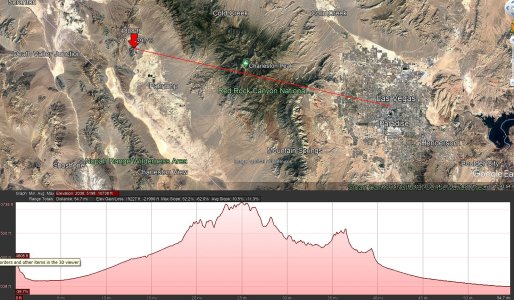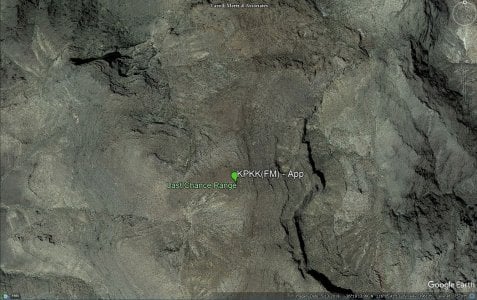The FCC has accepted-for-filing Sky Media's proposal to upgrade KPKK to 100 kw Class C, providing a 60 dBu contour over much of Las Vegas. It's a serious directional antenna from a remote mountain location.
It's a smart engineering trick. Please don't quote outdated studies about no-one listens inside the 60 dBu contour, Let's see if this gets approved and what airs before directing any condemnations.
In any case, the proposed KPKK will have better coverage than KDWN AM which is now zero!
 enterpriseefiling.fcc.gov
enterpriseefiling.fcc.gov
It's a smart engineering trick. Please don't quote outdated studies about no-one listens inside the 60 dBu contour, Let's see if this gets approved and what airs before directing any condemnations.
In any case, the proposed KPKK will have better coverage than KDWN AM which is now zero!
Draft Copy « Licensing and Management System « FCC
Licensing and Management System
Last edited:



